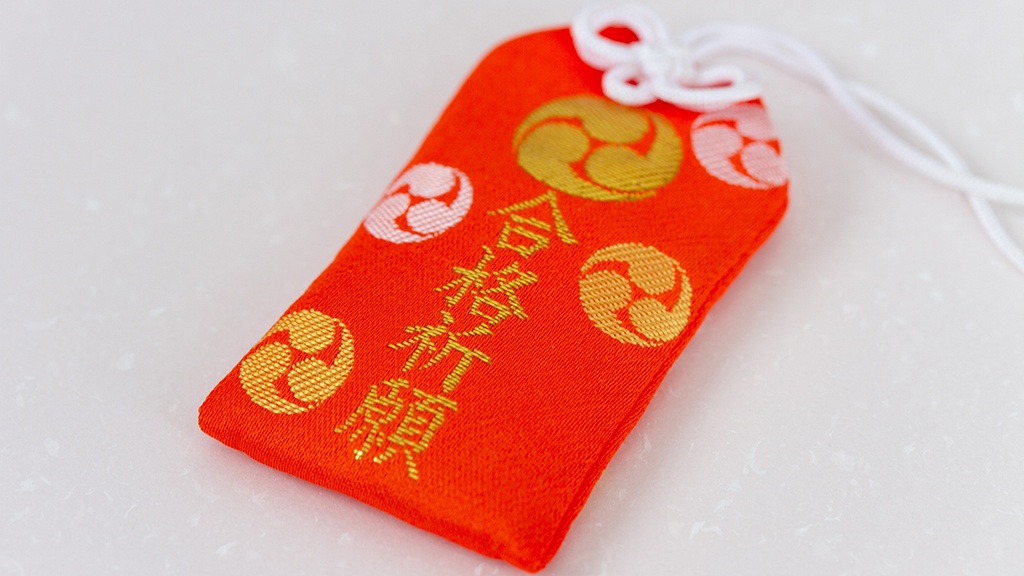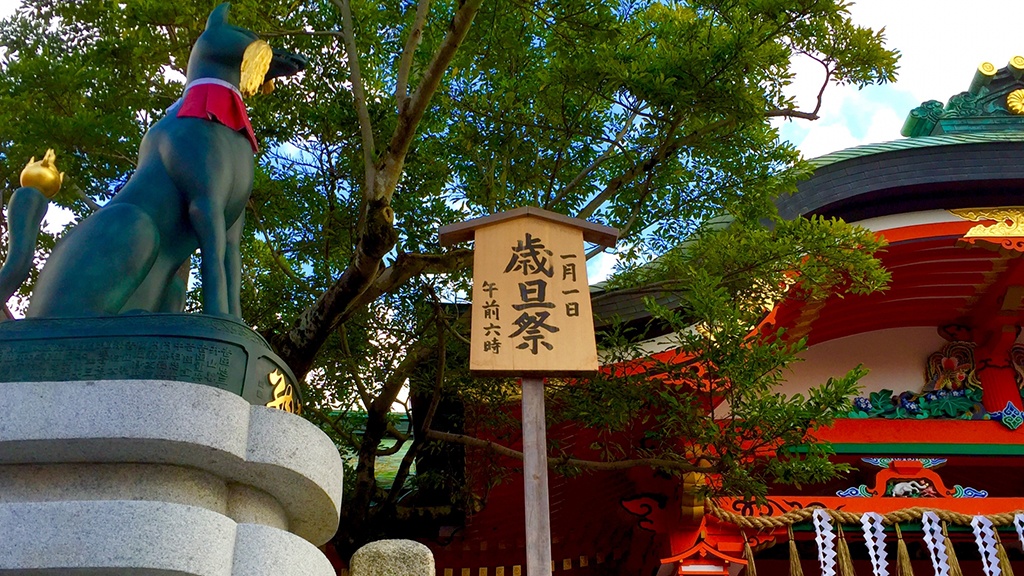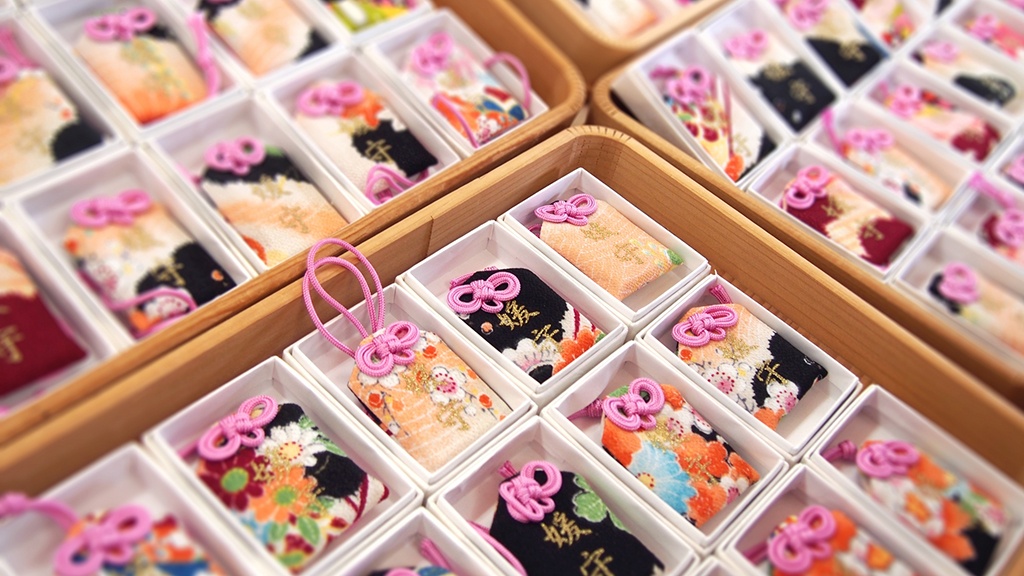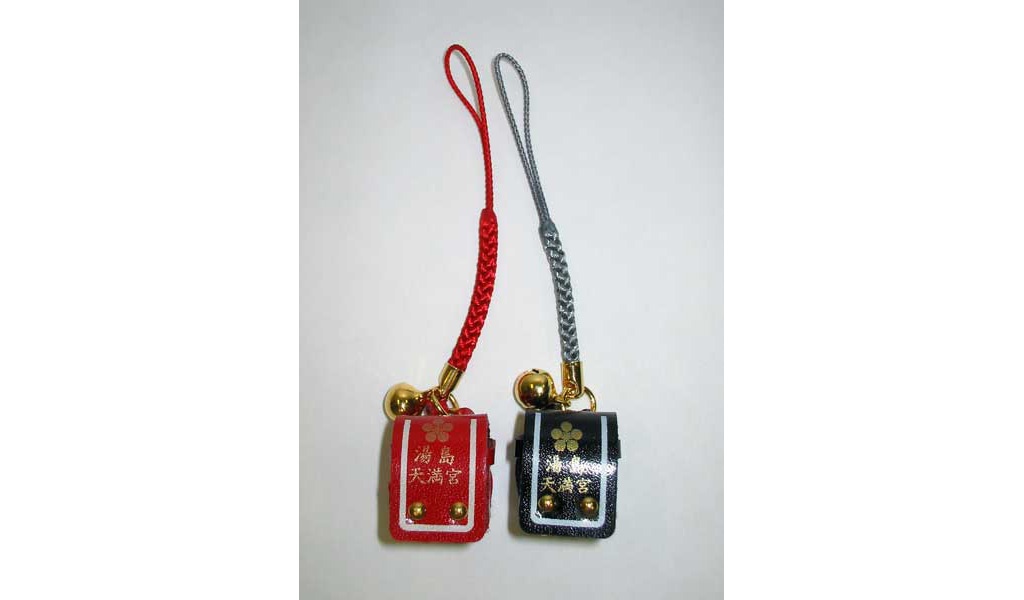Grab that Good Fortune! 7 Popular Good-luck Charms!

This post is also available in 日本語
When it comes to Japanese lucky items, the “O-mamori” (charm) is a classic example. Many people have “O-mamori” in their wallets or bags, and they are popular souvenirs when people visit shrines and temples. On this occasion, I would like to introduce you to the Japanese “O-mamori” culture and talk about “O-mamori” from famous shrines and temples.
Contents
What is an “O-mamori”?
Japanese “O-mamori” are normally provided in the form of a little paper talisman, which has been the subject of prayer by priests at shrines or temples, wrapped in a small sachet.
Sometimes it is made of stones, wooden pieces, or metal. People carry them to wish for good luck, or as protection from evil.
Each “O-mamori” is thought to have various different “Go-riyaku” (benefits)
There are many kinds of “O-mamori” and there are many variations of “Go-riyaku” (meaning divine grace and good fortune).
- “Go-riyaku” for daily life: for good fortune, protection from evil, and safety of your family
- “Go-riyaku” for health: for recovery from illness, easy and safe delivery of children, and good health and longevity
- “Go-riyaku” for relationships: for matchmaking and successful relationships
- “Go-riyaku” for studies: for successful exam results and improving grades
- “Go-riyaku” for finance: for good fortune in money and your career
Japanese people are said to believe that there are “Yaoyorozu-no-kami” (very many different gods) and each of these gods, enshrined in many different shrines and temples, have different fields of expertise. Therefore, there are many “shrines famous for bringing good luck in matchmaking”, or “temples famous for good health and longevity” and so on, existing all over Japan.
“O-mamori” from shrines and temples, which are also popular tourist attractions

Most shrines and temples sell “O-mamori”. So naturally, shrines and temples that are popular for tourists have unique “O-mamori” that you cannot acquire anywhere else.
[Kyoto] Shimogamo Shrine

One of the World Heritage Sites, Shimogamo Shrine is also one of oldest shrines in Kyoto. The goddess, who is among the gods that are enshrined there, is very beautiful, so the shrine is well known for protecting women and beauty. Especially “Hime-mamori” in the photo, that comes in a pretty sachet made of Chirimen (type of silk fabric), are popular as an “O-mamori” with a unique design.
[Kyoto] Kitano Tenmangu

Source: Kitano Tenmangu (https://kitanotenmangu.or.jp/prayer_amulet.php)
Kitano Tenmangu is a shrine for the god of learning. This shrine is also famous for its Ume (plum) blossom and there is a crest of Ume designed on their “O-mamori”.
The white “O-mamori” that comes in a box of Paulownia wood is popular for those who yearn for academic development and to pass exams.
[Kyoto] Fushimi Inari Taisha

Source: Fushimi Inari Taisha (http://inari.jp/grace/omamori/)
This shrine is well known for its world famous Senbon-Torii, and it is crowded with many tourists every day. At this shrine, the god of good harvest is enshrined, and they say this god brings you good luck, especially for your business. As the messenger of this god is a white fox, they sell lots of “O-mamori” with fox motifs at Fushimi Inari Taisha.
[Kyoto] Daikakuji Temple

Source: Daikakuji Temple (https://www.daikakuji.or.jp/omamori/)
Daikakuji is a temple popular for its beautiful garden with large pond. Their unique black wooden strap-shaped talisman is believed to have powers to protect you from evil.
[Tokyo] Meiji jingu

Source: Meiji jingu (https://www.meijijingu.or.jp/sanpai/6.php)
Meiji Jingu, built within large premises, is the shrine for the Meiji Emperor and his Empress. Their “O-mamori” has the design of the chrysanthemum crest of the Imperial family.
This shrine is famous as a power spot as well, and they say the “O-mamori” wishing for good health of body and mind is particularly beneficial.
[Tokyo] Nogi Jinja

Source: Nogi jinjya (https://www.nogijinja.or.jp/omamori.html)
Nogi Jinja, for ”Eirei”, spirits of the war dead during Meigi Period, sells fantastic “O-mamori” for harmonious marriages. The “O-mamori” with Japanese style wedding costume design is for newly married couples (photo on right), and the ones with matching costume designs (photo left) are for mature couples.
[Tokyo] Yushima Tenjin

Source: Yushima Tenjin (https://www.yushimatenjin.or.jp/pc/kigan/yusou3.htm)
Yushima Tenjin, which is depicted in the Ukiyo-e by Utagawa Hiroshige is a shrine for the same god of learning as Kitano Tenmangu. Many kinds of ”O-mamori” for academic development are available here, and their “O-mamori” shaped like “Randoseru”, a special backpack for Japanese elementary school children, are especially cute and popular.
Receive good luck from popular “O-mamori”!
There truly is a wide variation of “O-mamori”. “O-mamori” you acquire at a holy place is an item that makes you feel empowered and cheered on by a god by just carrying it with you. Look to find your special one.
- Hot Spring Lovers Should Visit! Top 3 Popular Onsen Spots in Chiba
- Not Just Beautiful Meanings! Have You Known the Scary Meanings of Flower Language?
- Exciting for Doraemon Lovers! Cute Doraemon-Themed Tokyo Banana – A Great Tokyo Souvenir
- Snoopy Lovers Must Check! Adorable Items from Afternoon Tea LIVING
- Travel Comfortable! Make the Most of Convenient Compression Bags









